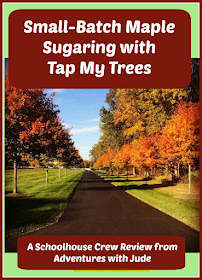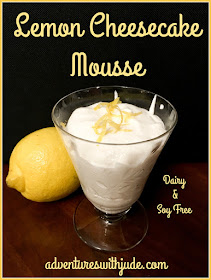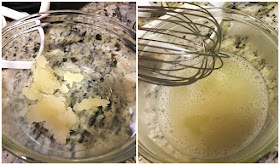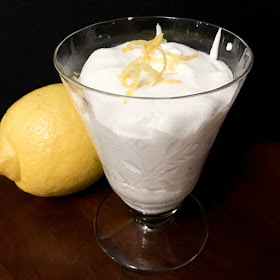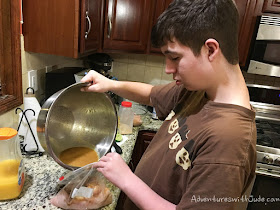Tap My Trees is a company started by Joe McHale. He was interested in teaching his children the origins of their food -- and that it wasn't the local megamart! However, he didn't want to just tell them about where their food comes from, he wanted to show them. The problem he found was that most maple sugaring suppliers are large scale operations. After all, it takes 40 gallons of sap to make one gallon of maple syrup, so tappers are purchasing supplies in large scale quantities. He still wanted to share the process with his children, even if they were only going to wind up with enough syrup for a few breakfasts. He realized he couldn't be the only person wanting to try his hand at sugaring, and found himself the owner of an agricultural supply start-up! His Maple Sugaring Starter Kit with Aluminum Buckets contains supplies for tapping up to three trees, and a book about identifying trees, tapping, and creating syrup, making it perfect for the family who wants a taste of sugaring.
So we had maple trees, and kids who wanted to tap them. We just needed tapping supplies.
When this review came up for assignment, one requirement was that we live in a sugaring area. Southern New Jersey is probably on the very edge -- though other maples are, sugar maples are not native to our area.
 |
| This is one of several "where to find this tree" maps in the guidebook. |
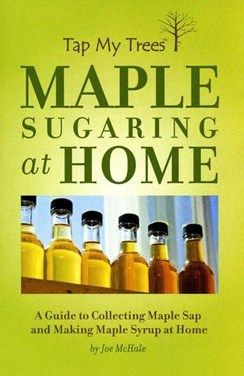
The manual also includes directions on how to tell when it's time to tap. Generally speaking, tapping time is February or early March, but it all depends on the winter. Ideal conditions are when the daytime temps are around 40°F and lows are in the 20s, but depending on the weather patterns, it might be a bit of a moving target. You'll need to consult with an almanac or weather website for what's "average" for this pattern in your area. In NJ, the average temperatures are in this range in January, but this this winter was pretty warm until about two weeks ago, with lows averaging in the 40s. If you're farther north, your season might be a little later, but then again, last year, we had highs in the single digits through February, so the season wouldn't have really started until closer to March here, either. I like how it stresses you have to watch the weather, not the calendar. If you're a little off, it's OK, but it doesn't tell you, "Start tapping on this day," and then your kids are disappointed nothing happens (especially if it's "too early" for the year).
If you're reading this and thinking, we have trees, but the temperatures are already in the right zone for this year, either use their store locator and hotfoot it to a brick-and-mortar store where Tap My Trees is a sugaring supplier, or go ahead and order it from their web store (at the time of this writing, free shipping is standard!) and get started. A late start means you may not get quite as much sap collected, but you should still be able to make some syrup. (If you're reading this and it's out of tapping season, purchase it anyway, and store it until the season begins for next year, knowing you can really "start" in the summer/fall with the mapping.)
I think that the most important thing you have to do to make this work is make sure your trees are big enough to tap. A tree needs to be at least twelve inches in diameter to safely tap. Before you purchase this, go out and physically measure your trees. Measure the circumference at about 54" from the ground and divide by 3.14 to find the diameter. If you don't have a tape measure but know approximately when they were planted, you can estimate your tree's size, using this table and the age of your trees. The diameter in inches x growth factor = tree age, so with a little algebra, a 10 year old sugar maple tree = 5.5 x diameter, or approximately 2". A mature, 12" tree will be in the vicinity of 60 years old, so if they're recently been planted (recently being "not by your grandparents"), odds are good the tree is going to be too small to safely tap. Unfortunately for us, that means we'll have to take to our woods with a tape measure in search of some mature trees, and leave Daddy's trees alone, even though the oldest ones are a still-respectable 15 to 20 years old.
The rest of the hardware in the kit is sturdy, and with proper care, will last through many seasons of sugaring. The pails and lids (and spiles) are sturdy enough that they will last being outside for a month or two at a time, but are lightweight enough that you'll be able to carry one that's been filled with sap.
I think this is a great activity for families. We will boil down some "homemade sap" (sugar and water) to mimic making syrup, but it would have been really neat to make our own maple syrup for breakfast. It takes a lot of work to get food from its source to the table, and this kit would do a great job of demonstrating that the dreaded chore of slogging to the megamart really is the "easy" part!
To learn more about Tap My Trees and their sugaring kits, click the banner below to read other reviews, or follow Tap My Trees on social media:
Facebook: https://www.facebook.com/TapMyTrees/
Twitter: https://twitter.com/tapmytrees
Instagram: https://www.instagram.com/tapmytrees/
Pinterest: https://www.pinterest.com/tapmytrees0518/
YouTube Channel: https://www.youtube.com/channel/UCB6yQre-XsOl6bo6dO-K5Xw

©2012- 2016 Adventures with Jude. All rights reserved. All text, photographs, artwork, and other content may not be reproduced or transmitted in any form without the written consent of the author. http://adventureswithjude.com

